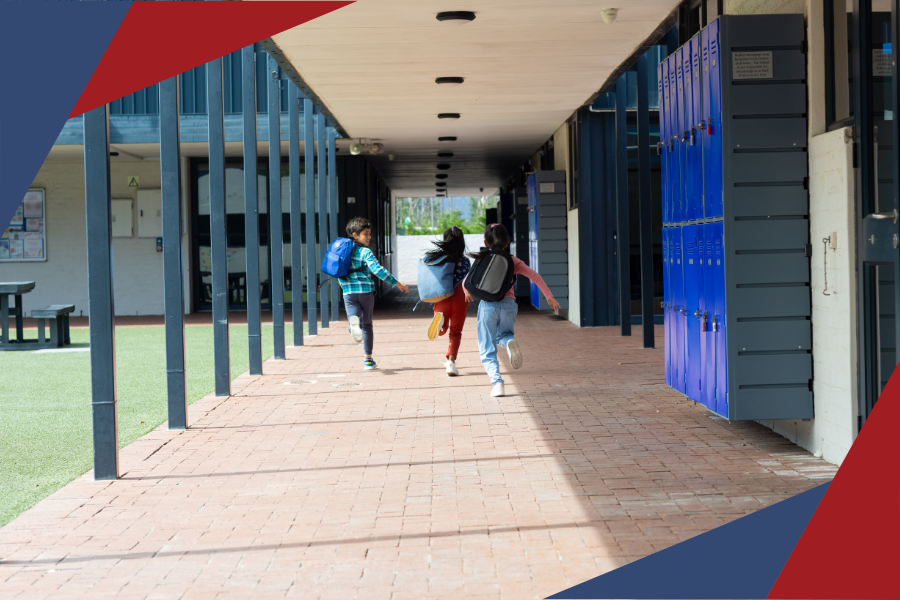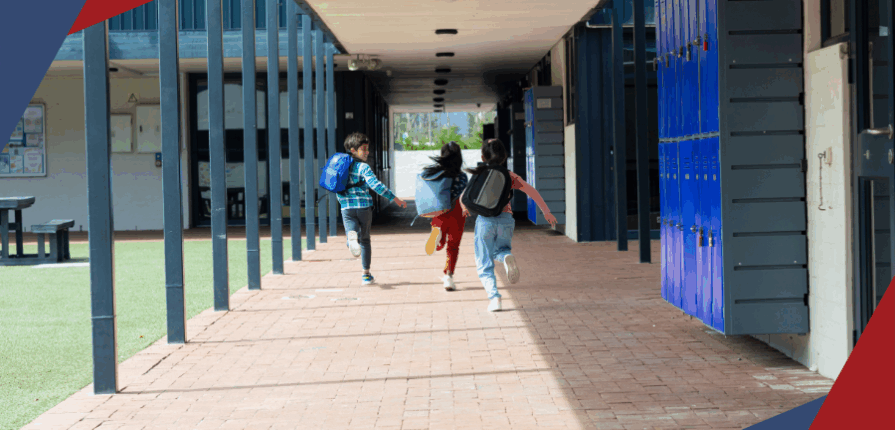
School safety is no longer about a single alarm or a lone security camera. Today’s campuses are dynamic, sprawling, and filled with hundreds—sometimes thousands—of students, staff, and visitors. Emergencies don’t wait for someone to toggle between dashboards or make a dozen phone calls. The solution? Integration. Bringing fire, security, and communication systems together on a single platform transforms how schools protect, respond, and recover.
Why Integration? The Case for Unified Safety in Schools
Fragmented Systems: A Recipe for Delay and Confusion
Many schools have inherited a patchwork of legacy systems: a fire panel from one vendor, security cameras from another, and a PA system from yet another. During a real emergency, this fragmentation can mean:
- Delayed alerts as staff scramble to activate multiple systems
- Missed notifications if a platform fails or isn’t monitored
- Staff confusion about which system to use or trust
Integrated Systems: Every Second, Every Student
When fire, security, and communication work together, the benefits multiply:
- Instant, campus-wide alerts: Fire alarms trigger mass notifications, unlock exits, and send real-time instructions to every classroom and device.
- Centralized situational awareness: Security teams monitor all systems from a single dashboard, with video feeds and alarm status in one place.
- Automated protocols: Emergency scenarios (fire, lockdown, severe weather) trigger pre-set actions—locking or unlocking doors, activating strobes, or sending texts—without human delay.
Key Benefits of Integrated Systems for Educational Settings
1. Faster, More Reliable Emergency Response
Integrated systems mean that as soon as a threat is detected—whether smoke in a science lab or an unauthorized door entry—automated protocols kick in. Fire alarms can trigger door releases and mass notifications, while security cameras automatically focus on the area of the incident. This reduces confusion, eliminates bottlenecks, and ensures everyone receives clear, actionable instructions.
2. Clear, Consistent Communication
Mass notification systems are the backbone of modern school safety. Integrated platforms send alerts via PA, text, email, and digital signage, ensuring no one misses a critical message. Whether it’s a fire drill, severe weather, or a real crisis, every student, teacher, and administrator receives the same timely information.
3. Simplified Management and Compliance
A single dashboard means fewer passwords, less training, and easier oversight. Maintenance, testing, and reporting are streamlined, enabling schools to meet Nebraska and Iowa fire codes, ADA accessibility requirements, and federal mandates, such as the Clery Act. Administrators can generate compliance reports, track system health, and schedule drills—all from one interface.
4. Increased Situational Awareness
Integrated systems aggregate data from fire detectors, door sensors, cameras, and more. AI analytics can flag unusual patterns—like propped doors or crowd surges—allowing staff to intervene before a situation escalates. During an emergency, live maps and video feeds give responders the information they need to act decisively.
5. Cost-Effectiveness and Scalability
While integration is an investment, it often reduces long-term costs by eliminating redundant hardware, streamlining maintenance, and lowering insurance premiums. Modular designs enable schools to add new buildings, classrooms, or outdoor spaces without having to start from scratch.
How Integration Works: A Technical Overview
Fire Detection and Suppression
Modern integrated fire systems use addressable detectors, hybrid wireless networks, and advanced control panels. These systems detect smoke, heat, or flame and immediately communicate with the security and communication network. In a fire event, the system can:
- Trigger mass notification (PA, text, signage)
- Unlock exit doors and gates
- Shut down HVAC to contain smoke
- Alert local fire departments and first responders
Security and Access Control
Access control systems manage who enters and exits each building, classroom, or sensitive area. Integrated with fire alarms, these systems can automatically release locks during evacuation or initiate lockdowns in a security event. Video surveillance ties in, providing live feeds and recording events for review.
Mass Notification and Communication
Integrated communication platforms ensure that every message, whether routine or emergency, reaches its intended audience. From weather alerts to lockdown instructions, the system can broadcast across all channels at once, including outdoor speakers, mobile devices, classroom intercoms, and digital signs.
The Power of a Single Dashboard
Imagine a principal or security director facing a crisis. Instead of toggling between separate fire, security, and communication apps, they see everything in one place:
- Live floor plans with alarm status
- Video feeds from every hallway and entrance
- One-click mass notification to staff, students, and first responders
- Real-time updates on door status, HVAC, and system health
This centralization means faster decisions, fewer errors, and better outcomes for everyone on campus.
Localized Integration: Why Nebraska and Iowa Schools Need Local Experts
Regional Codes and Realities
Nebraska and Iowa have unique fire and safety codes, severe weather risks, and community expectations. Protex Central’s local expertise ensures every system meets state and local requirements, from annual fire drills to ADA-compliant alarms and severe weather protocols.
Rapid Onsite Support
When a system needs repair or an upgrade, local technicians respond fast—often within hours. Protex Central’s teams know the schools, understand the local infrastructure, and provide hands-on training for staff and administrators.
Scalable Solutions for Growing Campuses
Whether you’re adding a new wing, renovating a gym, or building an outdoor classroom, integrated systems from Protex Central grow with you. Wireless and hybrid solutions minimize disruption, allowing for quick expansion and reconfiguration as your campus evolves.
Implementation Steps: From Assessment to Action
- Assessment & Planning:
- Audit all current fire, security, and communication systems
- Map high-risk zones and daily traffic patterns
- System Design:
- Select compatible hardware and software
- Create automated protocols for fire, lockdown, and severe weather
- Installation:
- Staged upgrades during breaks or after-hours
- Testing and validation of every integration point
- Training & Drills:
- Hands-on training for administrators, teachers, and support staff
- Regular drills to reinforce protocols and identify improvement areas
- Ongoing Support:
- 24/7 monitoring, maintenance, and compliance reporting
- Local technicians for rapid troubleshooting and upgrades
The Bottom Line: Safer, Smarter Schools
Integrated fire, security, and communication systems aren’t just about technology—they’re about creating a culture of safety, confidence, and preparedness. When every second counts, unified systems save lives, protect property, and keep learning on track.
Ready to transform your campus safety? Protex Central designs, installs, and maintains integrated fire, security, and communication systems for Nebraska and Iowa schools. Our local expertise ensures compliance, simplicity, and rapid emergency response. Call (800) 274-0888 for a free integration assessment. Let’s build a safer, smarter educational environment—where protection is proactive, not piecemeal.



Leave a Reply
You must be logged in to post a comment.